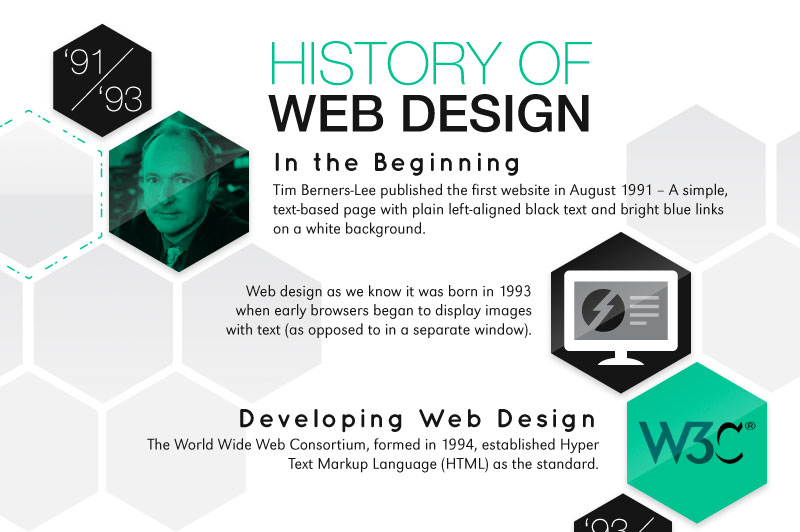Essential Site Layout Insights: Suggestions For Developing An User-Friendly Interface
Essential Site Layout Insights: Suggestions For Developing An User-Friendly Interface
Blog Article
Created By-Aguirre Skinner
When it involves web site design, guaranteeing user-friendliness is essential. From responsive style to structured navigating, every component plays an essential duty in developing a site that caters to your target market's demands. However what regarding the better details that can make or damage an individual's searching experience? Remain tuned as we discover some often-overlooked ideas that can elevate your website's use to the next level, making it absolutely stand apart in the electronic landscape.
Relevance of Responsive Layout
Responsive layout is a critical aspect of modern-day website advancement. Ensuring your site is receptive ways that it can adapt to various screen dimensions and gadgets, offering a seamless experience for individuals.
With the increasing use smartphones and tablet computers to access the web, having a receptive layout is crucial for reaching a larger target market. It helps in boosting individual experience by making your site easy to browse and keep reading any tool.
In addition, receptive layout can favorably influence your search engine positions, as internet search engine like Google prioritize mobile-friendly websites. By having a receptive style, you're additionally future-proofing your site, as new devices with differing screen dimensions remain to arise.
Simplify Navigating Structure
To improve user experience and help with easy accessibility to details on your internet site, enhancing the navigation framework is paramount. When developing your site, focus on developing a clear and instinctive navigating food selection that assists site visitors locate what they're seeking rapidly.
Restriction the variety of menu products to the essentials, grouping relevant web pages with each other to avoid overwhelming customers. Use descriptive labels that clearly show the material of each page, making it simpler for individuals to comprehend where each link will take them.
Consider carrying out dropdown food selections for subcategories to stop jumbling the primary navigation bar. Additionally, consist of a search bar prominently on the web page for individuals who favor looking for particular details.
Focus on mobile responsiveness in your navigation design to guarantee simple access on all gadgets.
Maximize Page Tons Rate
Improving web page lots rate is critical for retaining visitors on your site. Slow-loading web pages frustrate users and can result in high bounce prices. To enhance web page load rate, start by maximizing pictures. Compress images without endangering top quality to decrease their file sizes.
In addition, allow web browser caching to keep often accessed resources locally, accelerating lots times for returning visitors. relevant web site , JavaScript, and HTML files by removing unnecessary characters, remarks, and format, enhancing load rate.
Take into consideration making use of a web content shipment network (CDN) to disperse your internet site's web content throughout numerous servers worldwide, reducing latency for individuals accessing your site from different areas. Last but not least, limit using third-party scripts and plugins, as they can dramatically impact load times.
Verdict
In conclusion, by incorporating responsive layout, simplifying navigating, and optimizing page load speed, you can create an user-friendly website that interest a wider audience and improves individual experience. These essential elements guarantee that site visitors can conveniently access and browse your website throughout different tools, leading to boosted engagement and contentment. By focusing on these key aspects, you can build an effective site that keeps users coming back for more.
